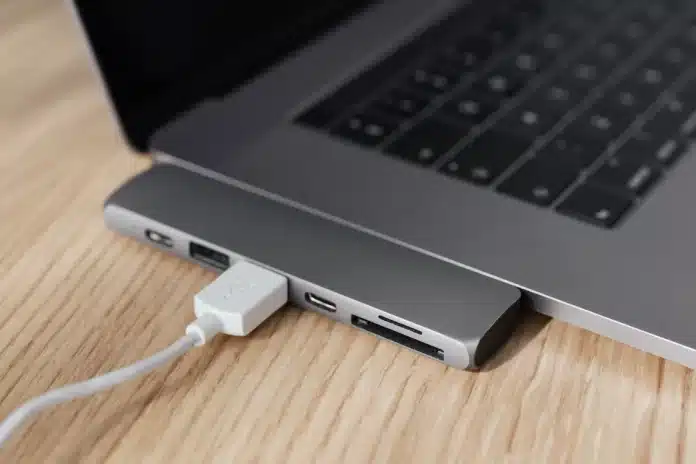Problems related to mobile device apps vary. You might encounter some in the initial stages of getting an app.
For instance, noticing that the App Store is not working, which makes one question why has my account been disabled in the App Store.
And then there are other, rare times when you want to transfer the app to a different location.
Have you ever gone to download an app and found out that you can’t move it to your SD card?
It can be incredibly frustrating, especially when the limited space on your device makes installing new apps a challenge.
Fortunately, there are some steps you may take to troubleshoot this issue and get your application on the SD card.
#1 Setting restrictions mean that if your device has certain limits set up, the app won’t be able to download properly to the external memory storage.
To check whether this is causing the problem, take a look at your device settings and double-check that app downloads from external sources are allowed.
#2 Another reason apps may not download is because they are designed in such a way that they need to remain within internal storage for them to function correctly.
Many popular games and other highly complex apps usually require access to more resources than what would be available on an SD card, so they must stay located on internal memory instead.
#3 Some apps come with extra data packs or files which need to remain in the high-performance internal memory to run effectively; if these were downloaded to an SD card, they may slow down or malfunction due to lack of speed or resources available.
If these extra files and data packs are essential for the functionality of the app, then it will not install on an external memory source like an SD card.
#4 Another thing that could prevent apps from downloading is incorrect formatting of the memory source itself; if it hasn’t been formatted correctly for use with specific devices, then it won’t work with them no matter what kind of content you try downloading onto it.
You must ensure your external memory source has been formatted into a compatible format before attempting any downloads from it.
Otherwise, it will not work as expected and could cause unexpected errors or malfunctions during installation processes like those needed for downloading apps to external storage sources.
#5 Some operating systems also have their own specific rules when it comes to what types of content can be downloaded and stored on external memory sources, such as microSD cards.
If your device runs one such system, then this could be blocking app downloads from being made into those sources as well.
When dealing with different operating systems, confirm that you read their documentation carefully so as not to make any mistakes that could affect the ability for certain applications being stored externally instead of internally.
#6 Not all phones allow users access to enough permissions necessary for some applications in order for them to be stored outside of internal memory.
Without these specific permissions, some programs may refuse installation by default even if there is sufficient space available on your chosen storage source.
Therefore, make sure you check out what level of permission each application needs before attempting any sort of installation process.
#7 Outdated versions or older iterations of software might also present difficulties when trying to download applications onto external sources; this could be caused by compatibility issues between newer versions and older pieces of hardware or firmware which may not support the latest features introduced into more recent builds.
To fix this issue, simply update both phone firmware/software as well as re-formatting any existing media cards used for downloads (if applicable) before re-attempting any further installations.
#8 Finally, bugs or glitches within either device software/firmware or even within applications themselves could prevent successful installation attempts from taking place;
Oftentimes, these issues arise due to conflicts between various components trying to access the same areas simultaneously. In such cases, the only way to resolve the issue completely would require a full resetting and updating of both the application and the device itself.
Nevertheless, chances exist that the problem will reappear once again after the resetting process has finished.
In such scenarios, the best course of action is to consult a technical support team who specializes in the particular brand/model device being used to ensure optimum results.







![Logitech Wireless Mouse Not Working [8 Easy Ways to Fix the Issue] Logitech Wireless Mouse Not Working](https://thetechvibes.com/wp-content/uploads/2020/04/Logitech-Wireless-Mouse-Not-Working-100x70.png)